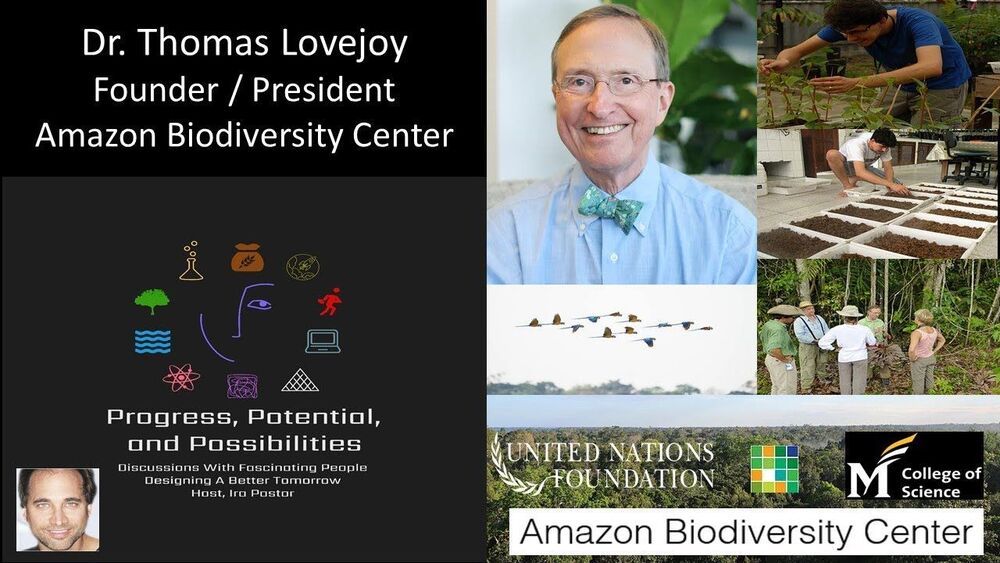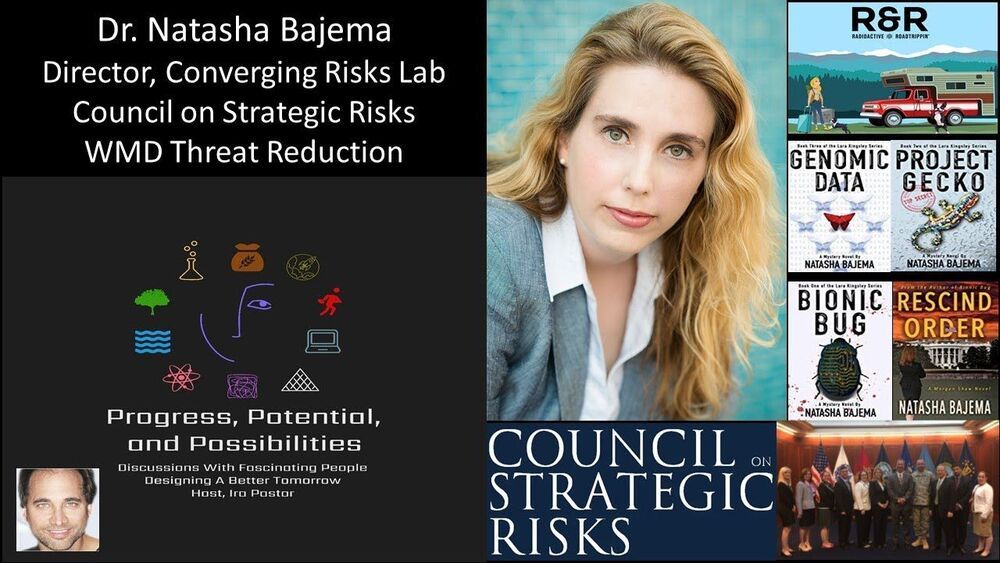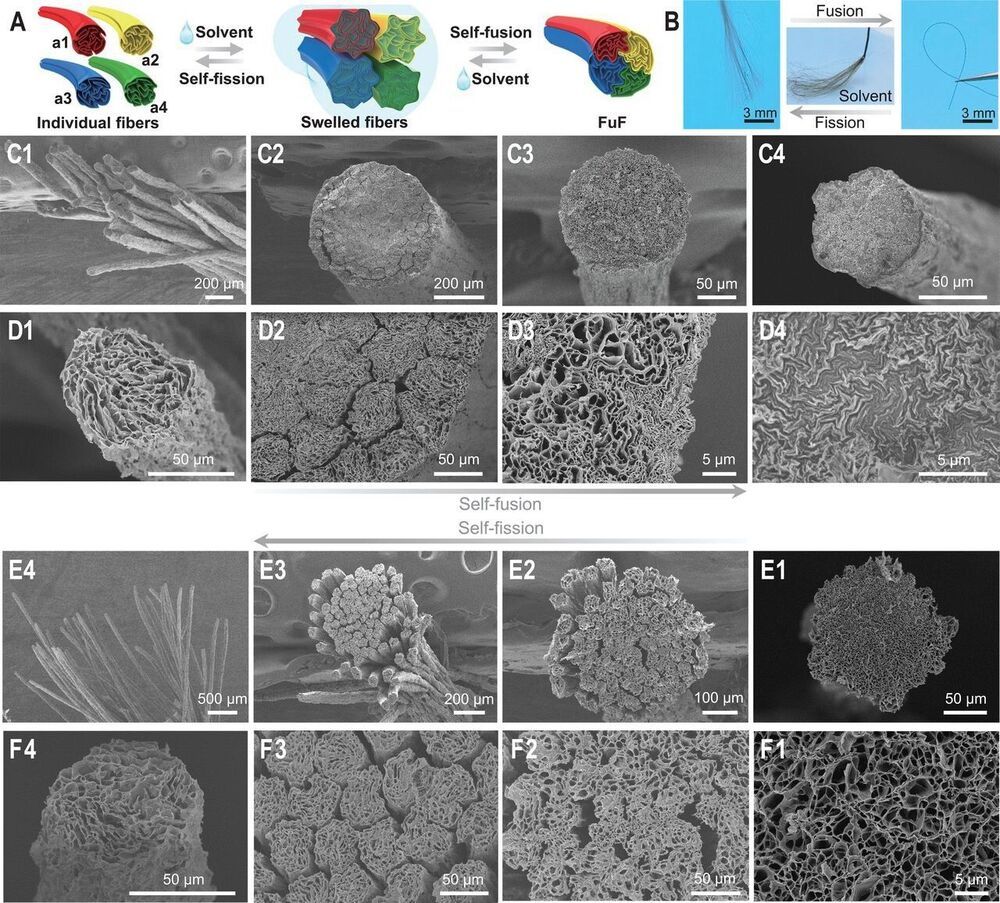Dr. Thomas Lovejoy, is an innovative conservation biologist, who is Founder and President of the non-profit Amazon Biodiversity Center, the renowned Biological Dynamics of Forest Fragments Project, and the person who coined the term “biological diversity”.
Dr. Lovejoy currently serves as Professor in the department of Environmental Science and Policy at George Mason University, and as a senior fellow at the United Nations Foundation based in Washington, DC.
Dr. Lovejoy has also served as the World Bank’s chief biodiversity advisor and the lead specialist for environment for Latin America and the Caribbean, the first Biodiversity Chair of the H. John Heinz III Center for Science, Economics and the Environment, President of the Heinz Center, and chair of the Scientific Technical Advisory Panel (STAP) for the Global Environment Facility (GEF), the multibillion-dollar funding mechanism for developing countries in support of their obligations under international environmental conventions.
Spanning the political spectrum, Dr. Lovejoy has served on science and environmental councils under the Reagan, Bush, and Clinton administrations. At the core of these many influential positions are seminal ideas, which have formed and strengthened the field of conservation biology.
In the 1980s, Dr. Lovejoy brought international attention to the world’s tropical rainforests, and in particular, the Brazilian Amazon, where he has worked since 1965.
With multiple co-edited books (including Biodiversity and Climate Change: Transforming the Biosphere; Drones for Conservation — Field Guide for Photographers, Researchers, Conservationists and Archaeologists; Costa Rican Ecosystems; Climate Change and Biodiversity; On the Edge: The State and Fate of the World’s Tropical Rainforests), Dr. Lovejoy is credited as a founder of the field of climate change biology. He also founded the series Nature, the popular long-term series on public television.









